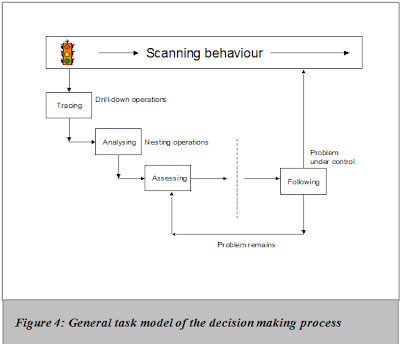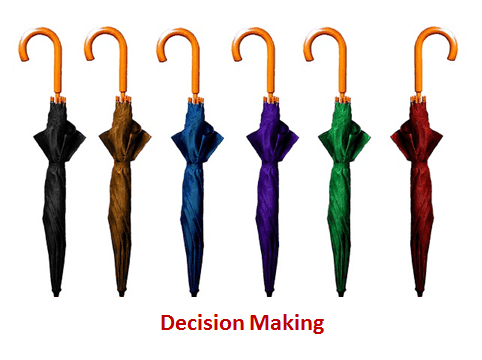
Managers are very frequently interrupted by sub-ordinates and others (Mintzberg, 1973). Interruption causes the manager to focus his attention on another issue and therefore when the manager returns to the business intelligence system, whatever the time between, the business intelligence system should always remain in the state which it was in when the manager left it. If the manager was engaged in a planning task, the business intelligence system should refresh itself with the planning window. It should even give managers information about the completion of the sub tasks and provide them with the opportunity to proceed with the task. To decide to give an overview or not can be based on the time the manager was away. If the manager will complete with the task within a few hours, the system can present such an overview. If he succeeds within minutes, such an overview would not be convenient.






